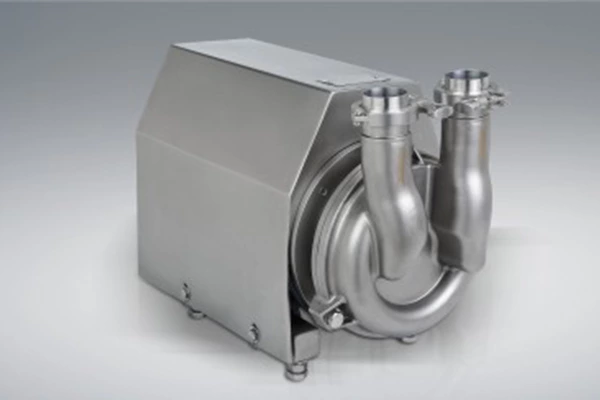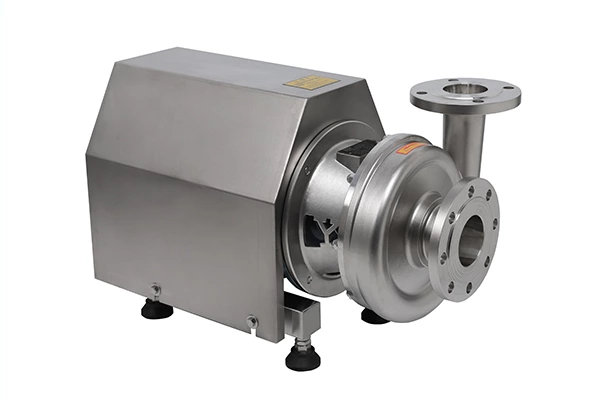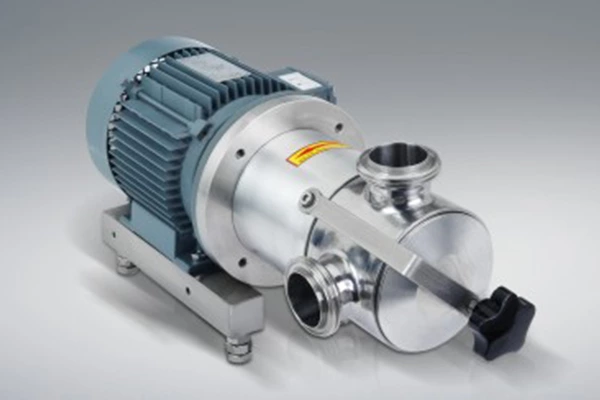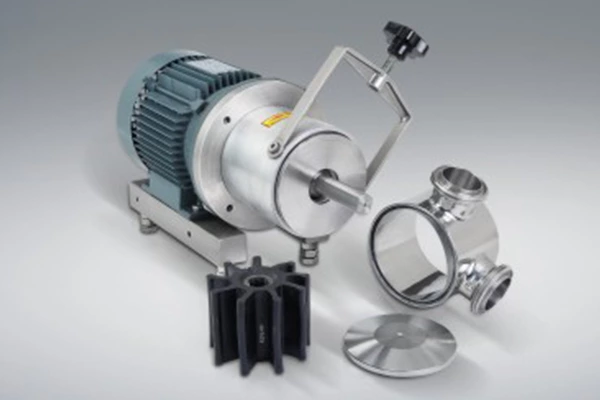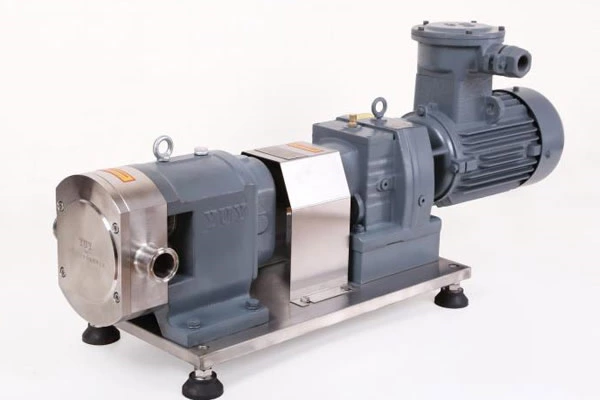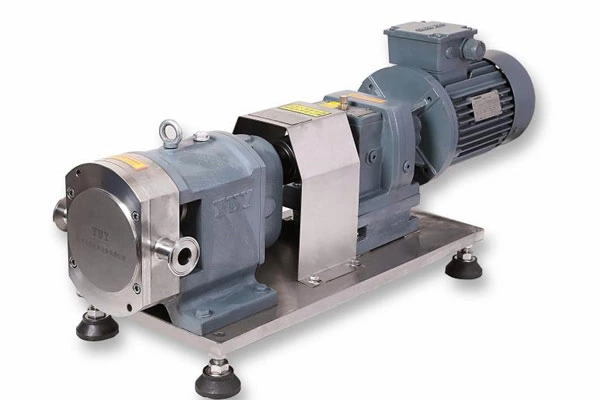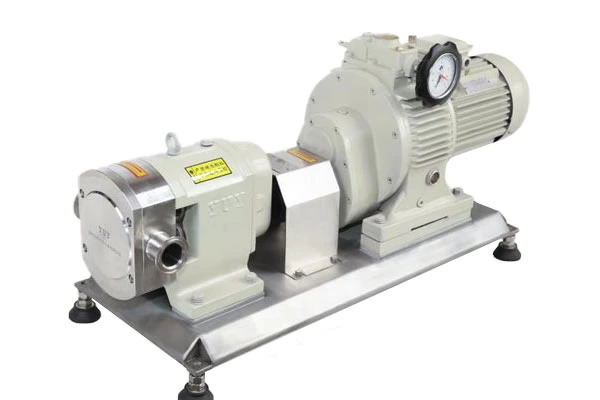Analysis Of Common Failures Of Cip Reflux Pumps
CIP Return Pump adopts the axial return liquid pump structure. The pump body consists of suction chamber, liquid storage chamber, scroll chamber, return liquid hole, gas-liquid separation chamber, etc. Some impellers are formed by semi-open structure, while others are formed by closed structure. In addition, there are two ways to connect the pump and the motor: direct type and bearing bracket type. The shaft seal of all pumps adopts the most advanced cantilever technology mechanical seal in West Germany. The product integrates excellent structure, performance and shape. The flow-through parts and connecting frame are made of high-quality stainless steel materials. Therefore, the two series of products have a series of advantages such as reliable corrosion resistance, convenient use and maintenance, compact structure, low energy consumption, and good sealing performance.
CIP return pump is the most widely used water pump in agriculture due to its simple structure, convenient use and maintenance, and high efficiency. However, it is also annoying because it cannot lift water. The following is an analysis of the reasons for the intentional failure of lifting water:
1. There is air in the water inlet pipe and pump body
(1) Some users do not fill the water pump with enough water before starting it; it seems that the water has overflowed from the vent hole, but the pump shaft is not turned to completely discharge the air, resulting in a small amount of air remaining in the water inlet pipe or pump body.
(2) The horizontal section of the water inlet pipe in contact with the water pump should have a downward slope of more than 0.5% against the direction of the water flow, and the end connected to the inlet of the sealless self-priming pump should be the highest. Do not be completely horizontal. If it is tilted upward, air will remain in the water inlet pipe, reducing the vacuum in the water pipe and the water pump, affecting water absorption.
(3) The water pump packing has been worn due to long-term use or the packing has been pressed too loose, causing a large amount of water to spray out from the gap between the packing and the pump shaft sleeve. As a result, external air enters the water pump from these gaps, affecting water lifting.
(4) The water inlet pipe has holes due to long-term submersion. The water level of the unsealed self-priming pump continues to drop after operation. When these holes are exposed to the water surface, air enters the water inlet pipe through the holes.
(5) Cracks appear at the bend of the water inlet pipe, and a small gap appears at the connection between the water inlet pipe and the water pump, which may allow air to enter the water inlet pipe.
2. The speed of the water pump is too low
(1) Human factors. A considerable number of users arbitrarily install another motor to drive the original motor due to damage, resulting in low flow, low head and failure to pump water.
(2) Wear of the transmission belt. Many large water pumps use belt transmission. Due to long-term use, the transmission belt wears and becomes loose, causing slippage and reducing the speed of the water pump.
(3) Improper installation. The center distance between the two pulleys is too small or the two shafts are not parallel. The transmission belt is installed tightly on the top, resulting in a small wrap angle. The diameter of the two pulleys is calculated incorrectly, and the eccentricity of the two shafts of the coupling drive water pump is large, which will cause the water pump speed to change.
(4) Mechanical failure of the water pump itself. The impeller and pump shaft fastening nut is loose or the pump shaft is deformed and bent, causing the impeller to move more, directly rubbing against the pump body, or bearing damage, which may reduce the speed of the water pump.
(5) The power machine maintenance is not recorded. The motor loses magnetism due to winding burnout, the number of winding turns, wire diameter, wiring method changes during maintenance, or the failure to completely eliminate the fault during maintenance will also cause the water pump speed to change.




